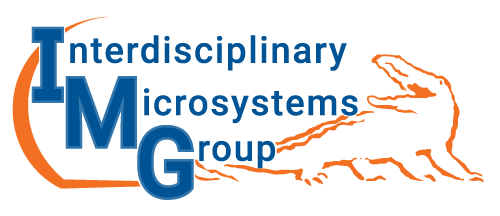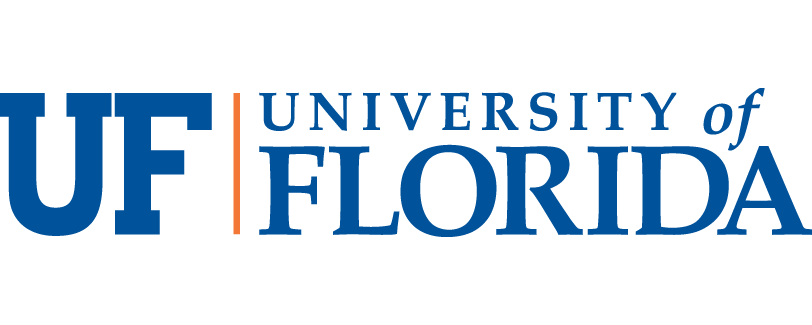Motivation
The maintenance procedures to replace the batteries typically require physical contact or wire connections with the devices, which may be inconvenient, difficult, or costly. Even where batteries can be easily recharged, the ever-growing hunger for portable power presents an important technical challenge. For example, the modern dismounted Warfighter carries a vast array of battery-powered technologies. The logistical burden of monitoring, recharging, and replacing these batteries is overwhelming, and no soldier would willingly go on mission without fully charged batteries. For soldier power systems, there are two main issues: the large number of different electronic devices and the requirement for constant charging for maximum mission readiness.
To address these issues, the project explore the development of an electrodynamic wireless power transmission (EWPT) technology that is capable of wirelessly delivering power to a spatially distributed collection of power receivers over distances of a few centimeters to a few meters. Compared to the more widely studied inductively coupled wireless power transmission schemes, the EWPT technology enables the power receivers to be physically much smaller and with fewer restrictions on their orientation.
In the EWPT system, a transmitting coil is connected to a power source and carries an alternating current. The field generated by the transmitting coil moves a permanent magnet in the receiver through electrodynamic (magnetic) forces and/or torques. The magnet is mounted on a spring and is allowed to oscillate. This motion is then converted into electrical energy using an electrodynamic transduction within the receiver. Even using fairly weak magnetic fields, significant mechanical oscillations can be induced when the receiver magnet is excited near its mechanical resonance (assuming an underdamped mechanical system).


